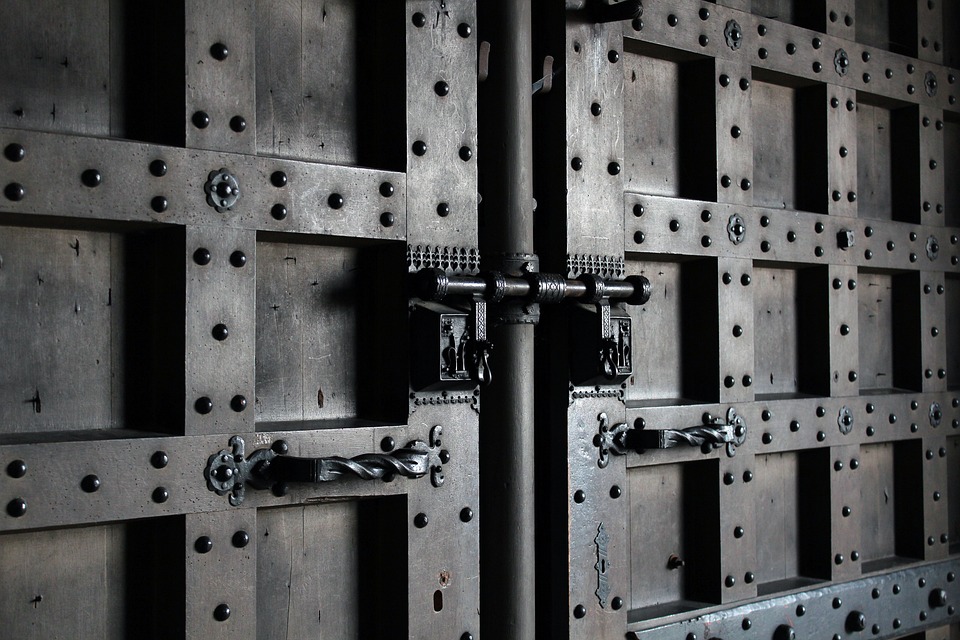Surveillance technology has come a long way in recent years, and its impact on security and law enforcement is becoming increasingly profound. From facial recognition software to drones to advanced camera systems, the power of surveillance technology is transforming the way that we think about personal safety and security.
One of the most important ways that surveillance technology is changing security is through its ability to prevent and deter crime. With the advent of high-definition cameras and sophisticated monitoring systems, businesses and homeowners are now able to keep a watchful eye on their property at all times. This not only helps to prevent theft and vandalism, but also provides valuable evidence in the event that a crime does occur.
Law enforcement agencies are also benefiting from the power of surveillance technology. In many cities, police departments have implemented advanced camera systems that can monitor high-crime areas in real-time. This allows officers to respond quickly to incidents and gather evidence that can be used to apprehend criminals. In some cases, surveillance technology has even been used to predict where crimes are likely to occur, allowing law enforcement to deploy resources more effectively.
Facial recognition software is another powerful tool that is transforming security. This technology allows businesses and government agencies to identify individuals quickly and accurately, helping to prevent unauthorized access to sensitive areas. In airports, for example, facial recognition software is being used to screen passengers and identify potential threats. This technology has proven to be highly effective in improving security and reducing the risk of terrorism.
Drones are another form of surveillance technology that is changing the way that security is handled. These unmanned aerial vehicles can be equipped with cameras and sensors that allow them to monitor large areas from above. This is especially useful in situations where ground-based surveillance is impractical or dangerous. For example, drones are being used to patrol borders, monitor wildfires, and even deliver emergency supplies to remote locations.
While the power of surveillance technology is undeniable, it is also raising concerns about privacy and civil liberties. Critics argue that the widespread use of surveillance technology could lead to a dystopian society where individual freedoms are eroded in the name of security. It is important for policymakers to strike a balance between the need for security and the protection of personal privacy.
In conclusion, the power of surveillance technology is transforming the way that security is handled in both the public and private sectors. From preventing crime to identifying threats to monitoring large areas, surveillance technology offers a wide range of benefits. However, it is important to proceed with caution and ensure that the use of this technology is done in a responsible and ethical manner. Only then can we truly reap the benefits of this powerful tool in enhancing our safety and security.



























eQUqtslXgrdMZEc